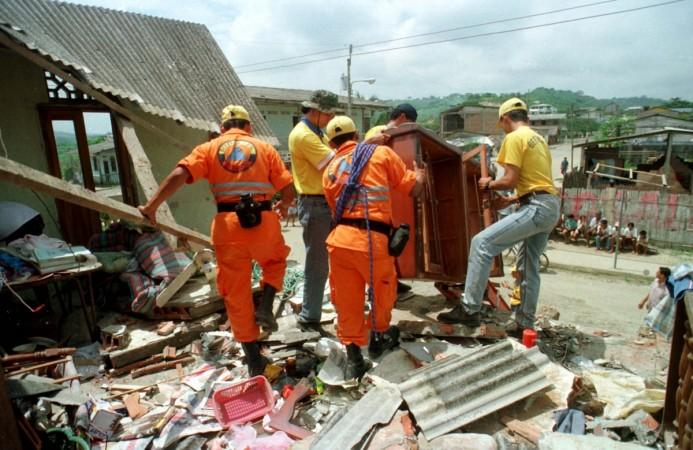
A strong earthquake measuring 7.1 on the Richter Scale rocked the coast of North Island in New Zealand on Friday around 4:37 a.m. local time, leading to a small tsunami. However, no major damage or casualties were reported.
The quake struck around 169 km north east of Gisborne at a depth of 19 km and was felt throughout the North Island, along with several aftershocks, the United States Geological Survey said.
Many aftershocks, some of 6.0 magnitude, hit the region for several hours after the first quake, as residents staying in coastal areas were evacuated and asked to go to higher ground or far inland by the civil defence authorities of New Zealand over fears that the offshore earthquake could result in a tsunami. However, almost three hours later, the residents were allowed to return home following the detection of a 30 cm tsunami.
"The greatest wave height has already occurred, further waves are anticipated to be up to 20 centimetres. Areas under 'marine and beach threat' can expect unusually strong currents and unpredictable water flows near the shore. This means a threat to beach, harbour, estuary and small boat activities," the Civil Defence organisation told AFP.
The severity of the tsunami threat was examined by the Ministry of Civil Defence and Emergency Management and its scientific advisors, but according to the U.S. National Tsunami Warning Center and the Chilean Navy, there was no danger of a tsunami in the Pacific coasts of the Americas, the agency reported.
Power outages in the east coast region were reported by the New Zealand media. However, East Coast Civil Defence Information Officer Sheridan Gundry said that impact was minimal, AFP reported citing Radio New Zealand.
"We haven't heard any reports of injuries or damage at all. There was power out in a few places but we've been let off pretty lightly as far as damage goes," Gundry said.

















